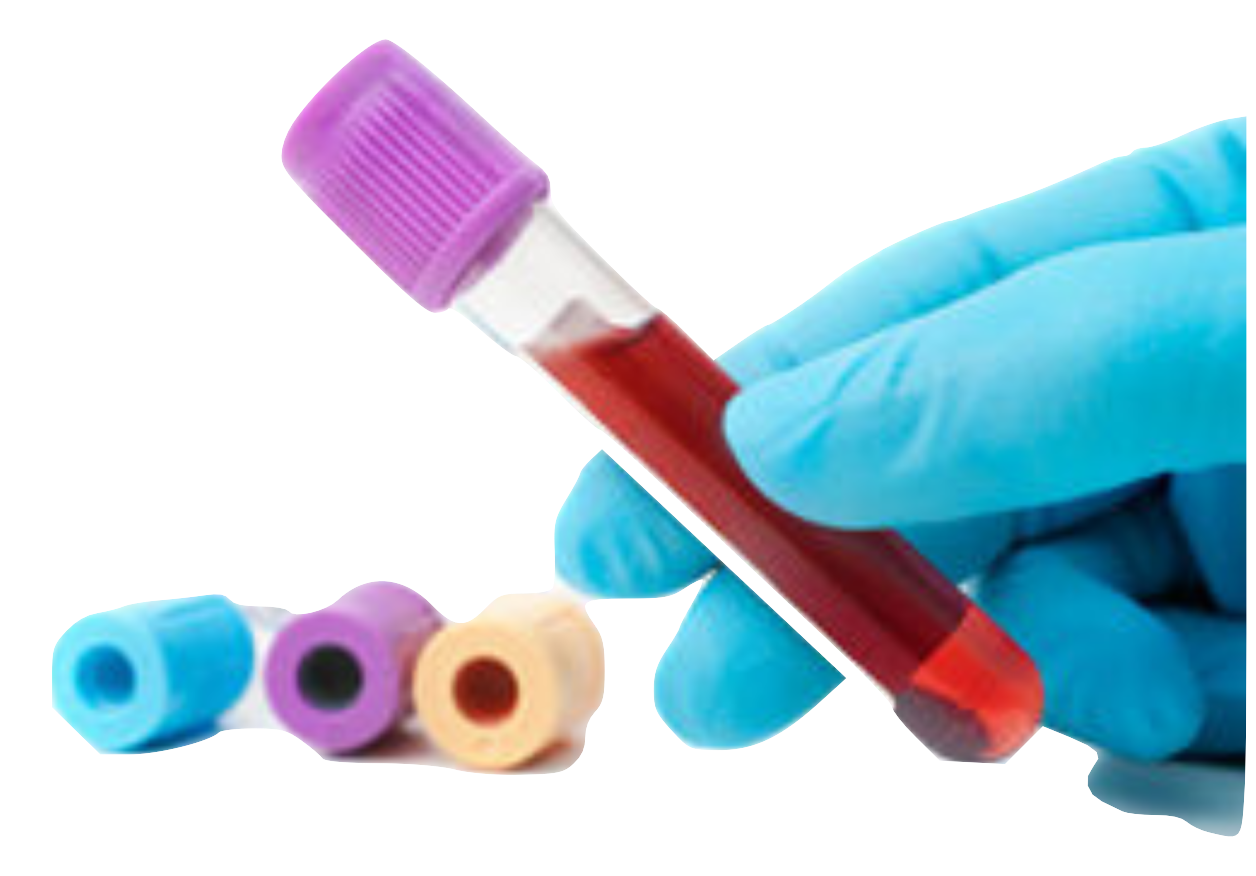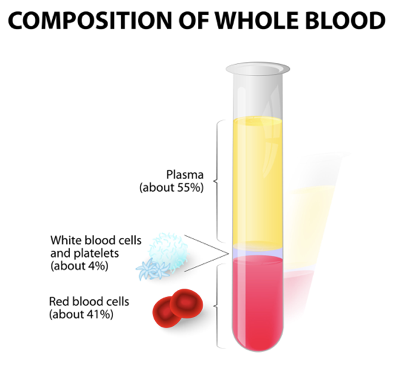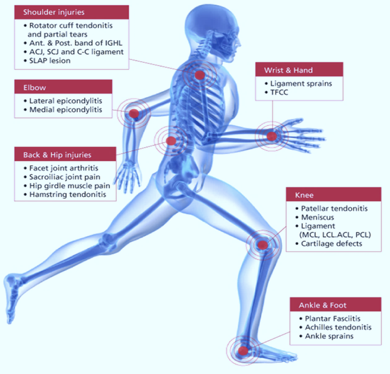The Future of medicine today
(PRP) Platelet Rich Plasma
Your body has the natural ability to heal itself with stem cells and other growth factors.

Get A Risk-Free Consultation!
PRP is a component of your blood (plasma) with concentrations of platelets above normal values. PRP typically has 3-8 times more growth factors of normal platelet levels.
Platelet Rich Plasma
PRP is an FDA-approved therapeutic injection process for the growth, repair, and rehabilitation of connective tissue, such as shoulders, knees, hips, neck, back, etc. PRP therapy aides the body’s natural healing process by delivering a higher concentration of platelets, directly into the area of need.
What is PRP Therapy?

When processed in a centrifuge, the red blood cells are trapped beneath the gel separation layer and the concentrated platelets are captured above it
These platelets are then extracted into a syringe and injected into the area of the patients injury or spots for anti-aging treatment.
- Osteoarthritis of the Knee, Shoulder, Hip & Spine
- Rotator Cuff Strains & Tears
- Anterior Cruciate Ligament (ACL)
- Pelvic Pain & Instability
- Back & Neck Injuries / Pain
- Tennis Elbow
- Tendonitis & Ligament Sprains
- Chronic Knee Pain
- Muscle Strains

Watch this video for more information.
- Pain lasting at least 3 months or longer (for chronic conditions)
- Sprains, strains, tears of muscle/ligament/tendon (acute conditions)
- Symptoms and physical examination results consistent with diagnosis
- Persistent pain despite standard nonoperative treatment (physical therapy, NSAIDs, activity modification, steroid injections, etc.)
- Pathological changes seen on diagnostic imaging: X-Ray, MRI, CT, and/or ultrasound
- Patient wishes to delay or avoid surgical treatment

Are You Ready To Make A Real Change?
Stop using drugs that mask the pain and start the regenerative process by getting Platelet Rich Plasma therapy. There is no time like the present to start feeling better again and resume the activities you love to do.
Frequently Asked Questions About PRP
- Are there any adverse reactions?
Some patients have had some slight swelling, pain, or bruising shortly after the injection. This is likely due to the fact that blood and healing properties of the blood are rushing to the area of injury that has been injected to do it’s work, but this is temporary. There is a slight risk of blood clotting, increased bleeding, and a chance of infection, as with any other injection based procedure
- Are there any contraindications?
Patients that are on a high dose of blood thinner such as Plavix, Coumadin, Warfarin, etc. have an increased risk of post procedure bleeding and hematoma. In these cases we require an INR score (blood clotting time study) to be performed before the procedure to ensure safety
- Is PRP FDA Approved?
Yes, the Food & Drug Administration has approved PRP therapy, and is also conducting further research into advancing this treatment.
